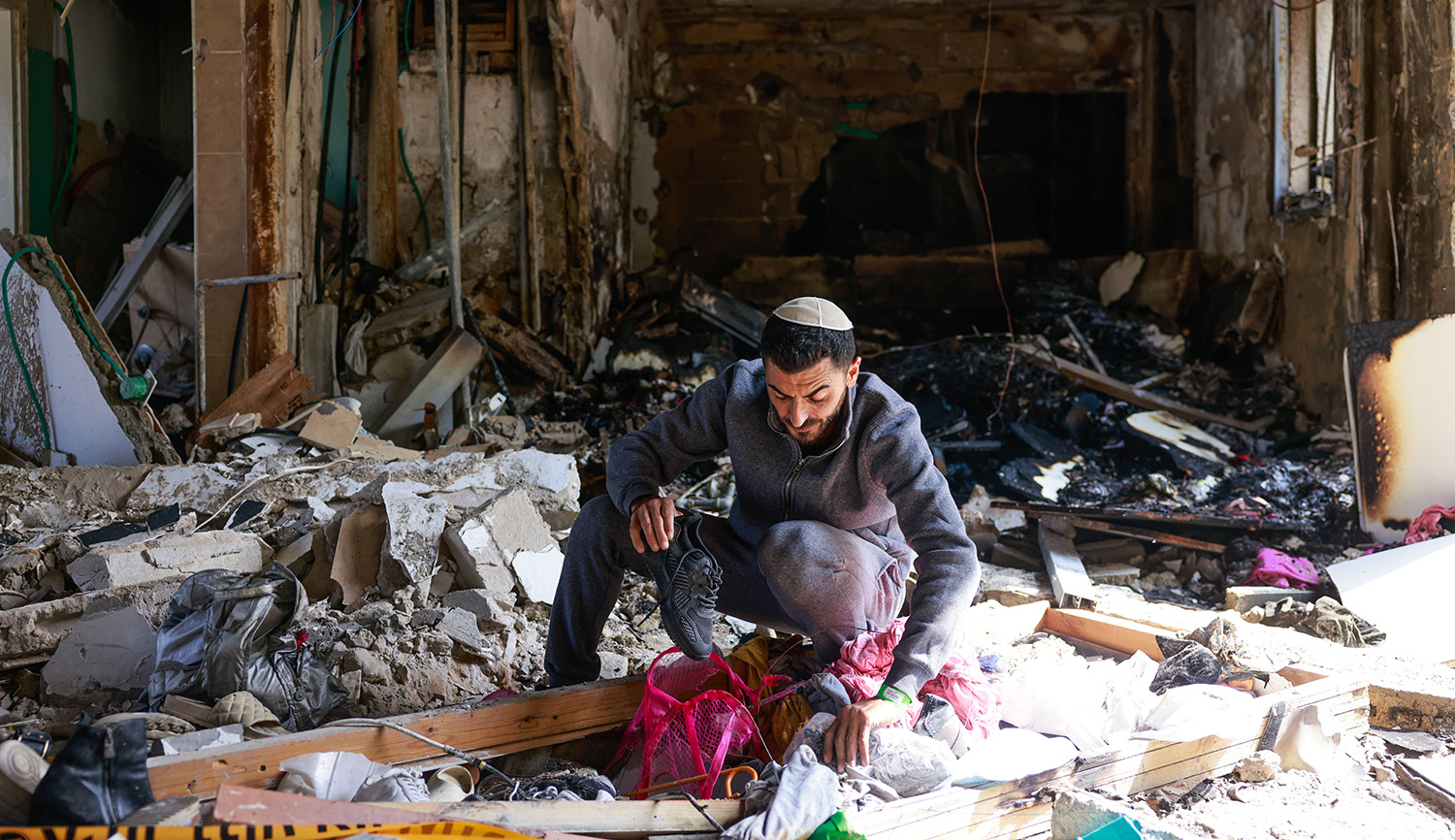As it seems unlikely if not impossible that Bashar al-Assad will be replaced by Syrian rulers well-disposed to Israel, some have argued that it is in Jerusalem’s interest for him to stay in power. Since the Yom Kippur War, the argument goes, Hafez al-Assad and then his son Bashar have maintained quiet on the Israel-Syria border. The alternative, by contrast, would be a chaotic situation where any number of dangerous, difficult-to-deter groups could gain control of the Syrian Golan Heights and create a more volatile situation. Besides raising the obvious moral objections to this argument, Efraim Inbar challenges it on strategic grounds:
Common sense tells us that weak enemies are preferable because they can do less damage. . . . A Syria embroiled in a civil war has much less energy and fewer means for hurting Israel than a strong Syria. . . . What is left of the Syrian army is busy protecting the regime and trying to expand the territory it holds. It is not capable of challenging the Israeli army in a conventional war, and it will take years for it to rebuild a serious military machine. Nor is the Syria of today able to wage an effective diplomatic and/or military campaign aimed at the return of the Golan, which constitutes a defensible border for Israel in the north.
Above all, the survival of the Assad regime would be a victory for Iran—the main source of trouble in the Middle East and Israel’s archenemy. A restored Syrian state, under Assad, will secure for Iran the Shiite corridor to the Mediterranean. It is not clear that even the Russians, who support Assad, have this goal in mind. An Iranian presence along Israel’s northern border is more threatening than warring Sunni militias.
[Furthermore, it is incoherent to argue] that a strong regime, such as Assad’s before the outbreak of the civil war, is more easily deterred by Israel than would be the non-state organizations that might replace Assad. Deterring non-state organizations is certainly tricky, but the Syrian case study refutes this claim. . . . Assad père, a strong dictator, attacked Israel in 1973 and sent his air force to challenge Israel’s in 1982. He did indeed keep the border with Israel on the Golan Heights quiet after 1974, but [he simultaneously] supported Palestinian and Lebanese militias to bleed Israel from southern Lebanon.
When his son lost much of his control over the Golan Heights to opposition militias during the civil war, Israel did not detect any significant rise in hostile violent activities across the border. . . . Israel’s military superiority was obviously the main factor in assuring quiet along the border with Syria. Moreover, it is not clear that policies pursued in the 1974-2011 period will continue if Assad regains his country. Extrapolations about the future are very problematic, particularly in the Middle East. [But] Israel’s current deterrence, admittedly a somewhat blurry concept, has worked in the Golan Heights [against the various jihadist groups there].
More about: Bashar al-Assad, Hafez al-Assad, Israel & Zionism, Israeli Security, Syrian civil war


